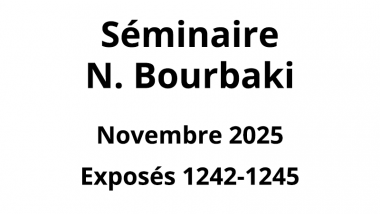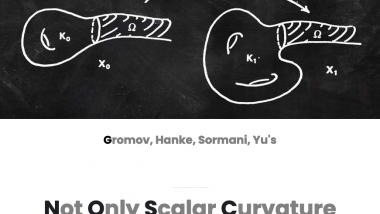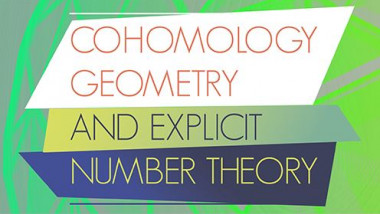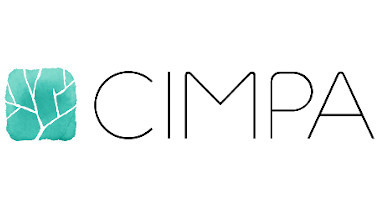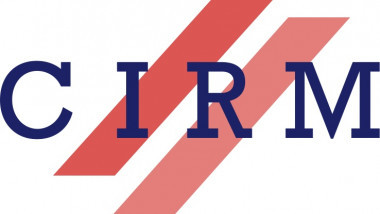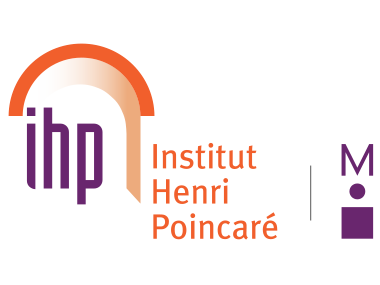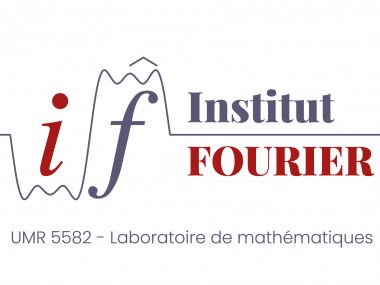Appears in collection : Present challenges of mathematics in oncology and biology of cancer / Nouveaux défis des mathématiques en oncologie et biologie du cancer
Therapy resistance and tumour relapse after drug therapy are commonly explained by Darwinian selection of pre-existing drug-resistant, often stem-like cancer cells resulting from random mutations. However, the ubiquitous nongenetic heterogeneity and plasticity of tumour cell phenotype raises the question: are mutations really necessary and sufficient to promote cell phenotype changes during tumour progression? Tumorigenesis is a dynamic biological process that involves distinct cancer cell subpopulations proliferating at different rates and interconverting between them. Cancer therapy inevitably spares some cancer cells, even in the absence of resistant mutants. Accumulating observations suggest that the non-killed, residual tumour cells actively acquire a new phenotype simply by exploiting their developmental potential. These surviving cells are stressed by the cytotoxic treatment, and owing to phenotype plasticity, exhibit a variety of responses. By entering such stem-like, stress-response states, the surviving cells strengthen their capacity to cope with future noxious agents. Considering nongenetic cell state dynamics and the relative ease with which surviving but stressed cells can be tipped into latent attractors of the gene regulatory network provides a foundation for exploring new therapeutic approaches that seek not only to kill cancer cells but also to avoid promoting resistance and relapse that are inherently linked to the attempts to kill them.






